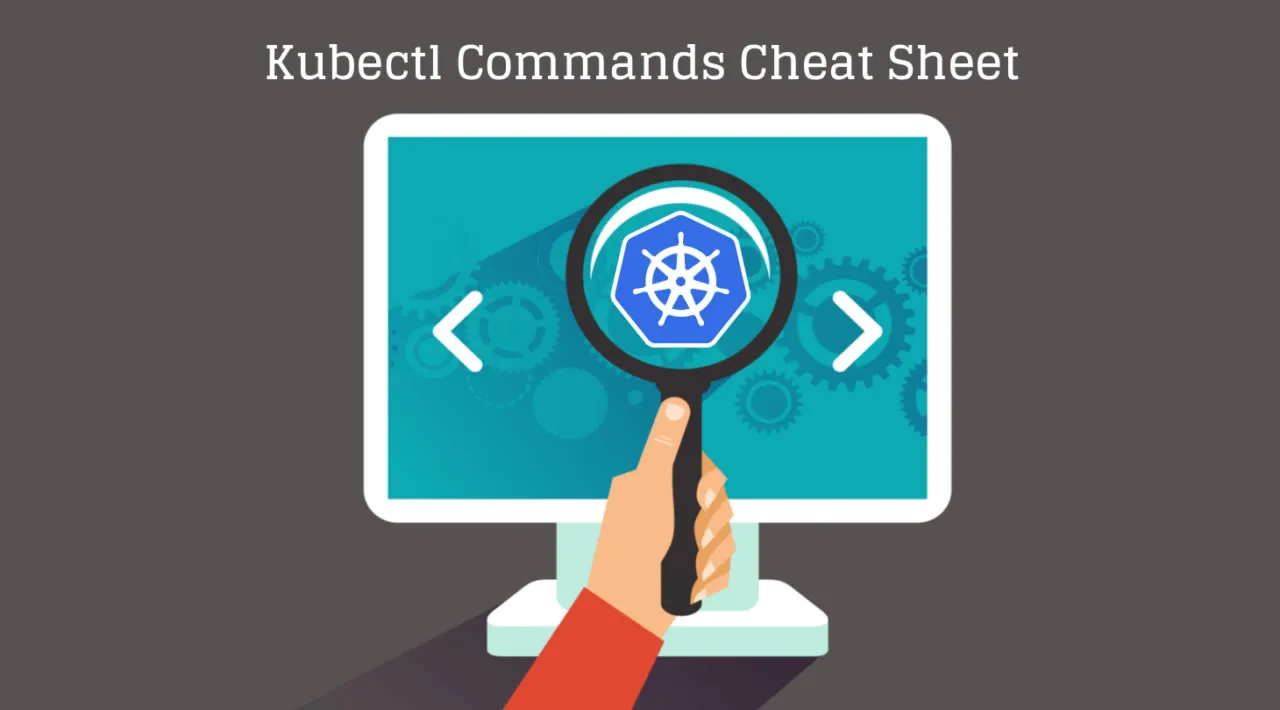Start exploring kubectl, containers, pods, and more, then download our free cheat sheet so you always have the key commands at your fingertips.
The cloud runs largely on Kubernetes, Kubernetes largely runs on Linux, and Linux runs best when it has a skilled sysadmin at the controls. Whether you consider yourself a cloud architect or just a humble sysadmin, the modern internet needs users who understand how applications and services can be created within containers, scaled on demand, and monitored and managed judiciously.
One of the first steps into the brave world of containers is learning Kubernetes and its quintessential command: kubectl.
Installing kubectl
The kubectl command allows you to run commands on Kubernetes clusters. You use kubectl to deploy applications, view logs, inspect and manage cluster resources, and troubleshoot issues when they arise. The classic “problem” with kubectl (and Kubernetes as a whole) is that to run commands against a cluster, you first need a cluster. However, there are easy solutions.
#kubernetes #cheat sheet #kubectl
